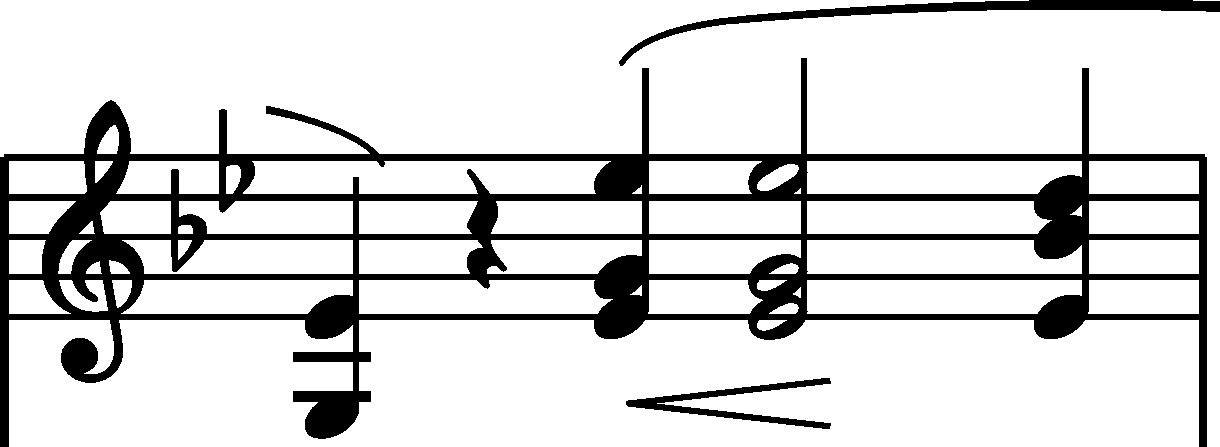



|
b. 166
|
composition: Op. 23, Ballade in G minor
..
The missing pedalling in FE (→GE,EE) must be a mistake by the engraver of FE; most probably, he did not notice the category imprint: Differences between sources issues: Errors in FE |
|||||
|
b. 166-167
|
composition: Op. 23, Ballade in G minor
..
We consider both accents of A, although differing in shape, to be long accents due to their size (cf., e.g. the clearly smaller mark in b. 173). FE reproduced the accents as short (GE and EE did it in an even more pronounced manner). category imprint: Differences between sources issues: Long accents , Inaccuracies in FE |
|||||
|
b. 167-169
|
composition: Op. 23, Ballade in G minor
..
The deletions visible in A allow us to try to reconstruct the earlier version provided with a different rhythm: category imprint: Corrections & alterations; Source & stylistic information issues: Corrections in A , Deletions in A |
|||||
|
b. 169-170
|
composition: Op. 23, Ballade in G minor
..
In A (→FE,EE), b. 169 ends the line, which resulted in an inaccuracy in the reproduction of the slur – at the end of b. 169 the aforementioned editions suggest that it should be continued, yet in b. 170 a new slur starts from the 1st crotchet (in all of them). In EE and GE1a these bars are in one line, yet each of them interpreted this vague notation differently – EE separated the slurs, while GE1a combined them. We reproduce the inaccurate version of FE and GE in the graphic transcription (version 'transcript'); by contrast, we adopt a continuous slur as the text of these editions (version 'edited text'), in accordance with A. category imprint: Graphic ambiguousness; Differences between sources issues: EE revisions , Inaccuracies in FE , Uncertain slur continuation , Errors repeated in GE |
|||||
|
b. 170
|
composition: Op. 23, Ballade in G minor
..
In A (→FE), the b category imprint: Graphic ambiguousness; Differences between sources issues: Inaccuracies in FE , Errors in EE , Errors in GE , GE revisions |

 mark in
mark in 
 . In the final version, Chopin used this rhythmic variant in b. 115, where it works well with the change of the register that occurs in the theme's melody.
. In the final version, Chopin used this rhythmic variant in b. 115, where it works well with the change of the register that occurs in the theme's melody. 2-b2 & e2-c3 in
2-b2 & e2-c3 in